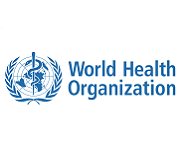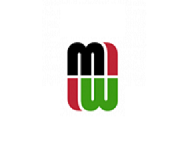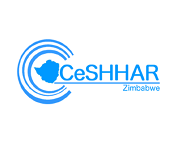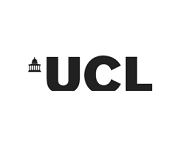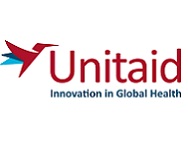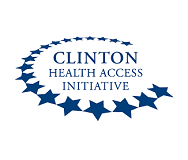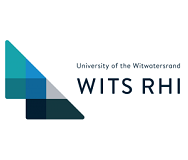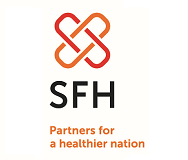Background of HIV self-testing
Since HIV self-testing (HIVST) was first proposed in the mid-1980s, there have been concerns about the availability of treatment and how people may respond to receiving a positive result.
In April 2013, the World Health Organization and Liverpool School of Tropical Medicine hosted the First International symposium on self-testing for HIV: the legal, ethical, gender, human rights and public health implications of self-testing scale-up. At this meeting, experts agreed that HIVST has a unique potential to reach underserved populations who are not accessing existing services particularly high risk groups (such as men who have sex with men, sex workers and people who inject drugs).
In 2014, UNAIDS set ambitious new treatment targets that by 2020, 90% of all people living with HIV will know their HIV status, 90% of all people diagnosed with HIV will receive sustained antiretroviral therapy and 90% of all people receiving antiretroviral therapy will have durable suppression.
However, currently only an estimated 54% of people living with HIV globally know their status. Increased uptake of HIV testing is essential to reaching the 90-90-90 goals. By addressing key barriers to uptake, self-testing could play an important role in this.
Evidence relating to HIVST is increasing, with a number of HIVST evaluation trials currently being conducted. See the HIVST website’s Evidence Map for more details.
New Guidelines on HIV Self-Testing and Partner Notification were issued by WHO in December 2016, for which the STAR Initiative provided evidence. In addition, WHO and Unitaid have produced several editions of the “Market and technology landscape: HIV rapid diagnostic tests for self-testing”, most recently in July 2018.


